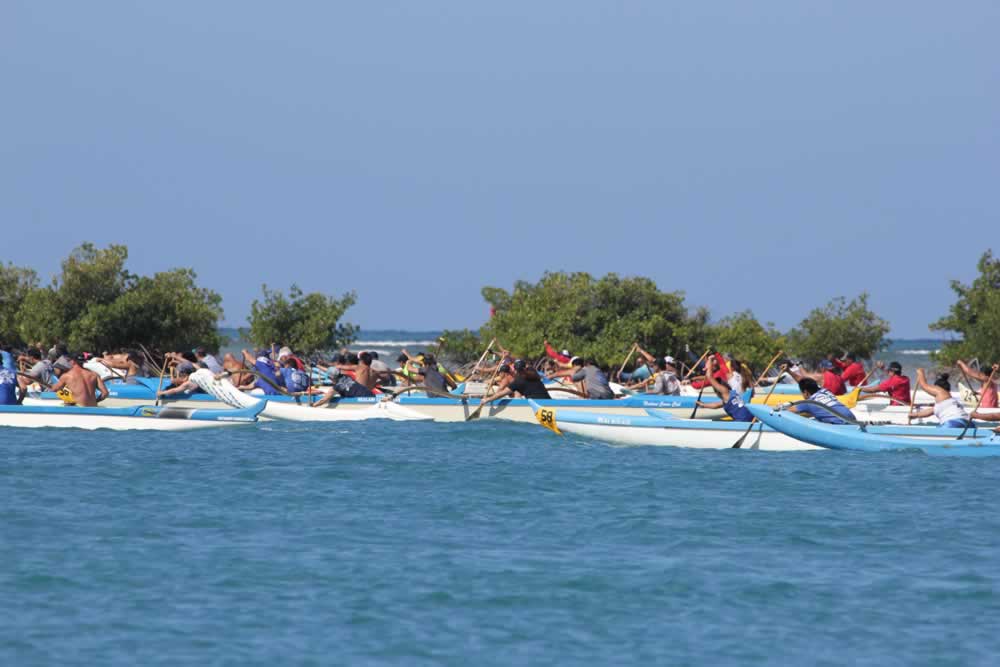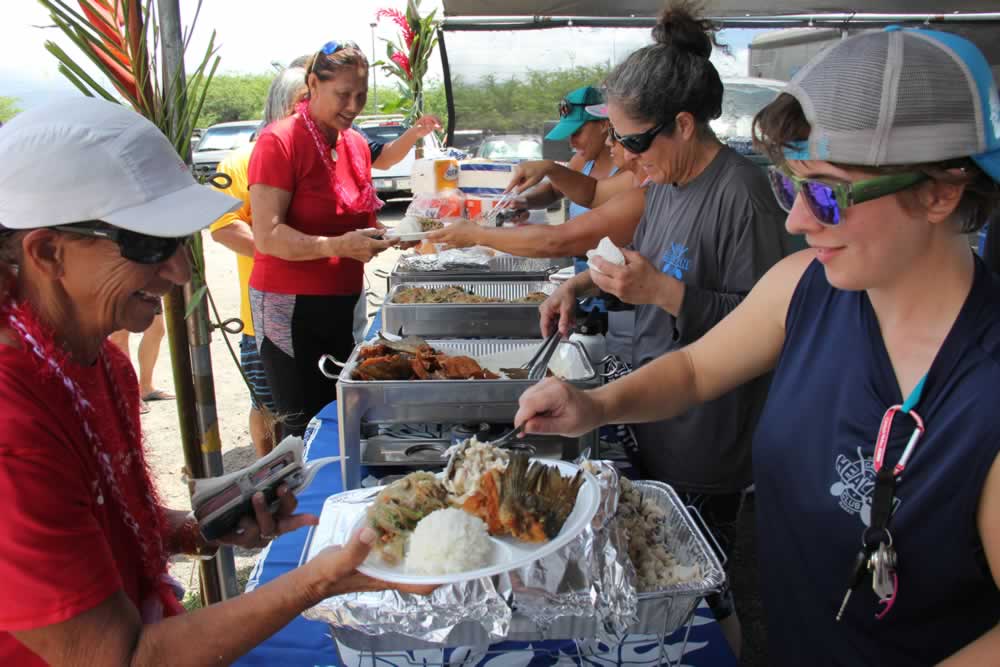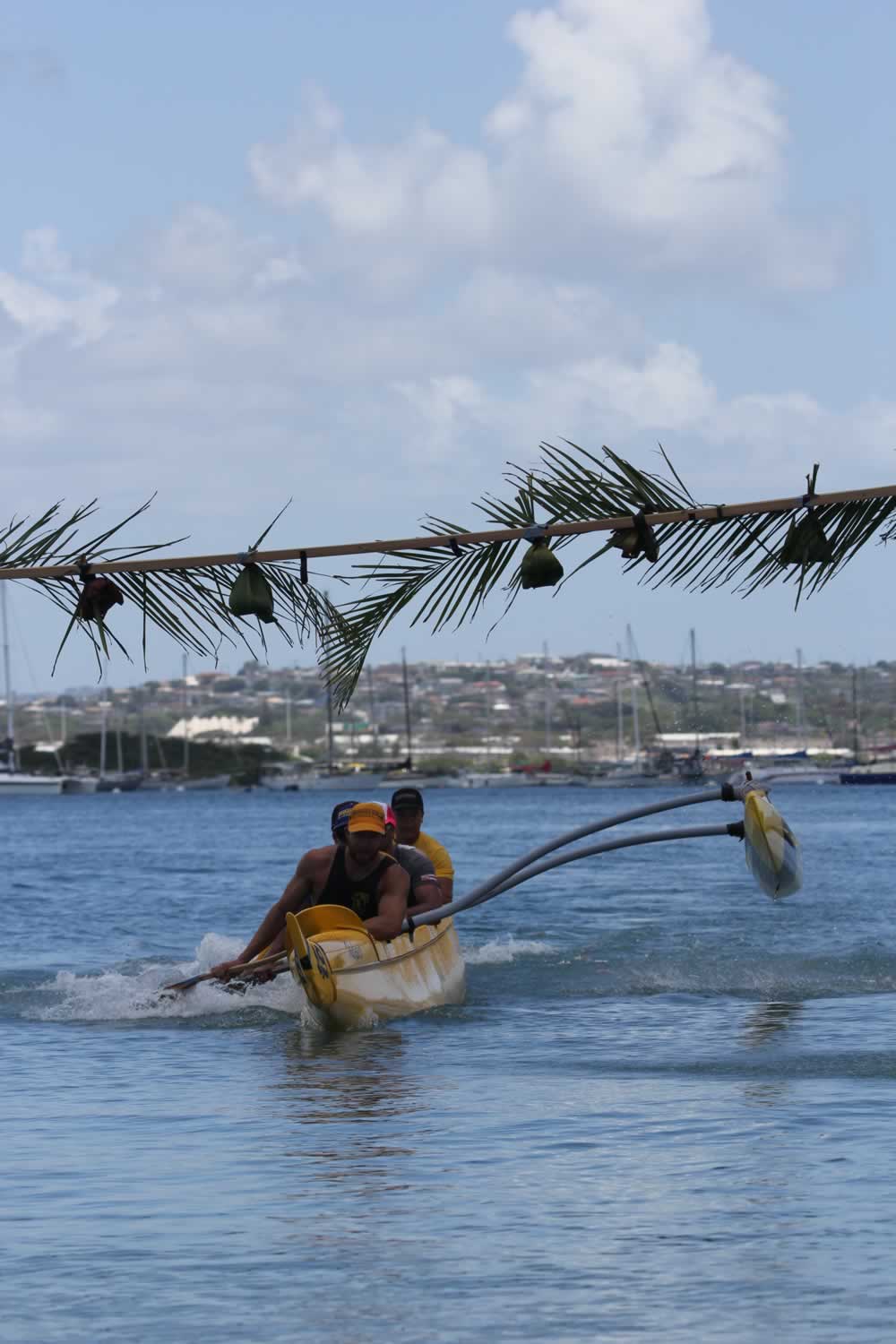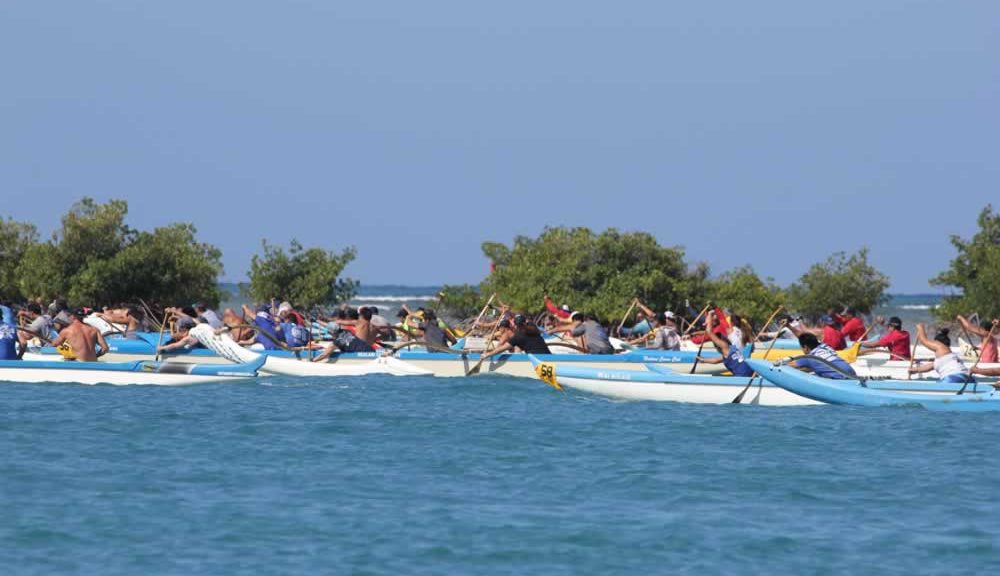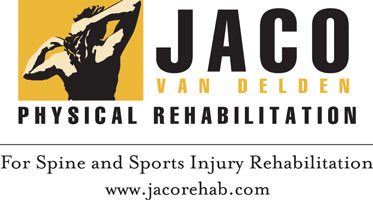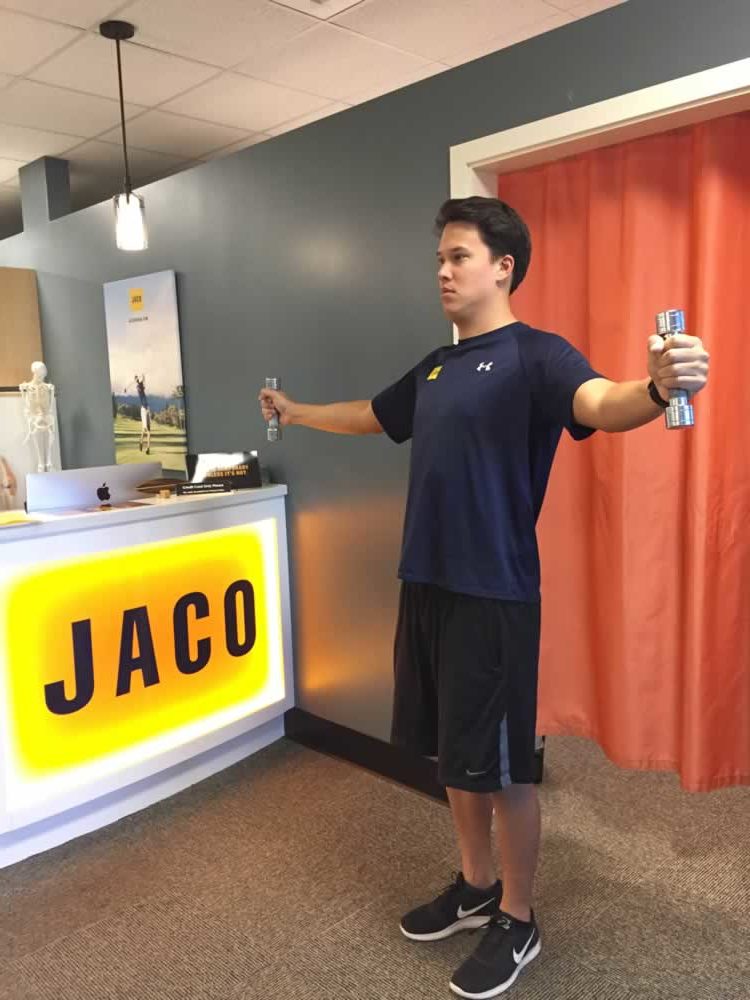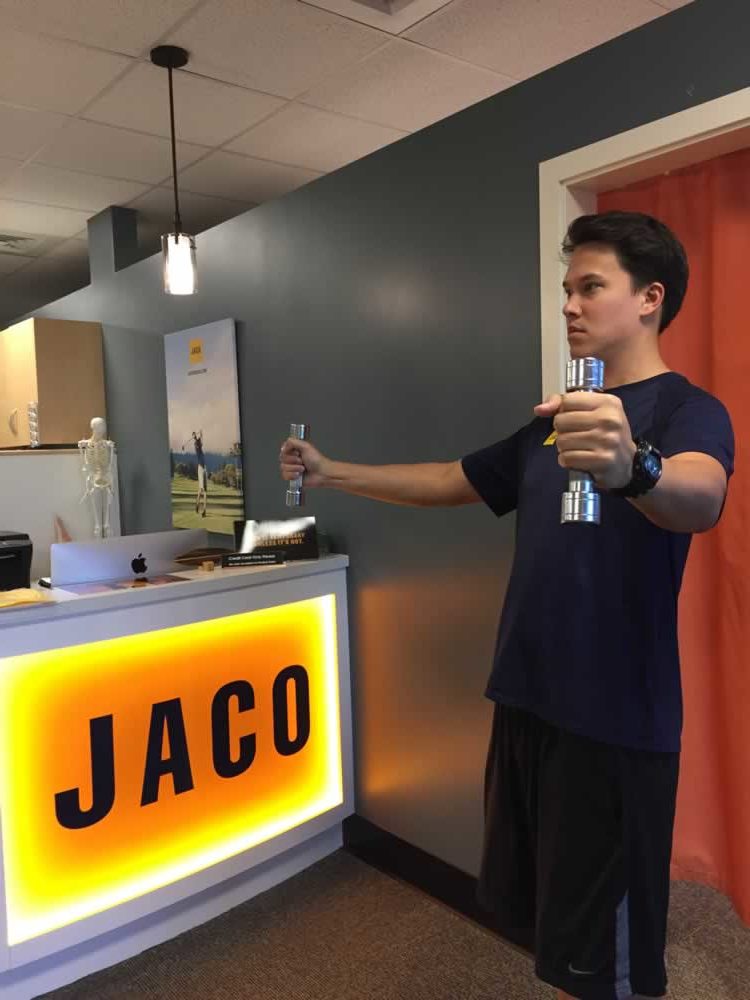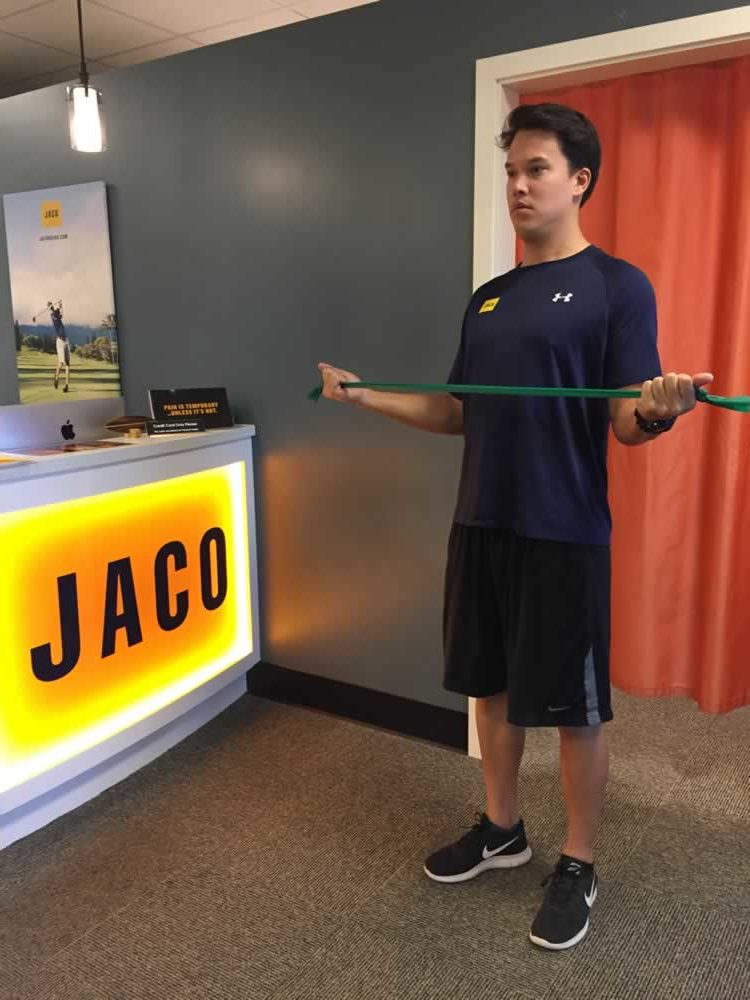Being extremely new to paddling but an avid shore fisherman, I’ve always been intrigued by the art and romance of blending the two.
You’re taking the two most “Hawaiian” things, fishing and paddling, and combining them into a sport that truly is worthy of legendary status.
In fact Maui, the most famous demi-god and the mythological being known for fishing out the Hawaiian Islands with a single fish hook and a self-propelled canoe, just may be the first ‘being’ to have fished from his personal Ocean Canoe.
Knowing the story of Maui and his heroic efforts in Hawaiian mythology, there are only two legends that currently walk on land (or to some, walk on water) whom I would ever seek advice and learn the ropes of OC1 fishing from. Those two are Kai Bartlett and Kekoa Cramer and from both of them I have learned what produces.

Being that our Kai Wa’a canoes are so light and quick in the ocean, my main style of fishing is trolling. Starting with the rod and reel I like to run a short 5ft graphite ‘jigging’ rod with a graphite Penn warfare reel for lightweight and durability. My Penn reel is stuffed with 200 yards of braided 80lbs test spectra and I splice in 100 yards of 60lb test fluorocarbon. It’s my personal preference, but I don’t run any swivels; it seems I get more strikes.
Attached to the end of my fluorocarbon, typically I’ll run a 15-30ft diving lure. Of course it all depends on location and conditions. If you asked…. the most telling secret of any trolling fisherman, whether you’re on a motorized boat or a self-propelled, is the color and action on the lure. There are some locations that the fish tend to feed on the surface and others that the fish feed closer to the bottom. It seems to vary based on how their preferred prey behave. But if the predators are hungry, you’ll get action.
On board I carry a tail rope to secure the catch as the toughest part of landing a good sized fish is securing them to the canoe. I also carry a hand gaff to handle the fish a little easier once I get it closer to the canoe. I carry a dive knife for safety and dispatching the catch plus back up lures.
On this one particular trip, I launched solo and paddled out to one of my favorite spots off of Maui. Usually I get to the zone prior to dropping my line in so I can get out there a little quicker and anticipate the sun rising. I trolled around for about 15 minutes, then 30 and then 45, but I had zero action. I switched lures to a shallow diver and trolled for another 30 minutes with nothing happening. Off in the distance there were a few whales in front of me, so I decided to head a little deeper and again switched my lure, this time to an old favorite. I let it back, locked the drag and not more than 3 minutes after that… fish was on! The strike was really unassuming, a couple good jerks but that was it. I could tell the fish was still on but it stopped running. I picked up the pole and set the hook, and just as I did that the fish started “screaming”. It pulled me around for about 5 minutes until I finally got on top of it and started to get it off the bottom. The ulua made a few more runs, but I could tell it was tiring. After 15 minutes, I finally got it to the surface and slowly pulled it closer, gaffed it in the mouth and pulled it on my lap. I then dispatched it with my dive knife and slowly made my way back to shore. After I bled it and got it home it weighed in at 61.5lbs. My biggest ulua ever.
By Chef Isaac Bancaco
“Hamajang” Ulua Poisson Cru
Serves 4 Local’s or 10 Wailea housewives
Prep time: 30 min
2# Ulua, boneless, skinless, cubed
1ea Maui onion
5 cloves garlic
1T coconut oil
1c coconut milk
2oz Adoboloco “Hamajang” hot sauce
3 limes, juice only
1T fish sauce
10 leaves Mint, torn
10 leaves Thai Basil, torn
Hawaiian Salt to taste
Dice Ulua into desired sized cubes, cover with plastic and reserve under refrigeration. Roast Maui onion, husk on in the oven for 25 minutes at 350 degrees. Remove onion from the oven, cool to room temperature then remove outer skin and stem. Place in the blender and puree. Place garlic in cold water and bring to a boil, discard water. Repeat process 3 times then blend with a splash of water until smooth and wet sand like. Remove Ulua from the refrigerator, season with Hawaiian salt, add onion puree, garlic puree and all other ingredients except the lime juice. Let sit for 5 minutes to marinate and then add the lime juice.
Chefs Note: It’s important to add the lime juice last to ensure flavor penetrating through the fish prior to the acid in the lime juice cooking and closing off the pores of the fish. Additionally Ulua is such a dense fish, over marinating it will toughen even further. Think of the acid as sealing the flavor within the ulua as opposed to keeping it out.
Pairing: Goes best with a Maui Brewing Company-Coconut Porter and fresh crisped Taro Chips
is A MAGAZINE FOR PADDLERS BY PADDLERS: to bring the excitement of outrigger paddling to a larger audience. Pacific Paddler covers all facets of paddling and outrigger racing including OC6, OC1, OC2, V1, O6, V6, OC4, SUP, Surfski, Canoe Surfing and more from all around the world! Our Focus is on paddling and the active lifestyle that goes with it. Paddling is a sport for everyone, any gender any age from 6 to 86. We want to encourage novice paddlers to join clubs and older paddlers to try it out.
